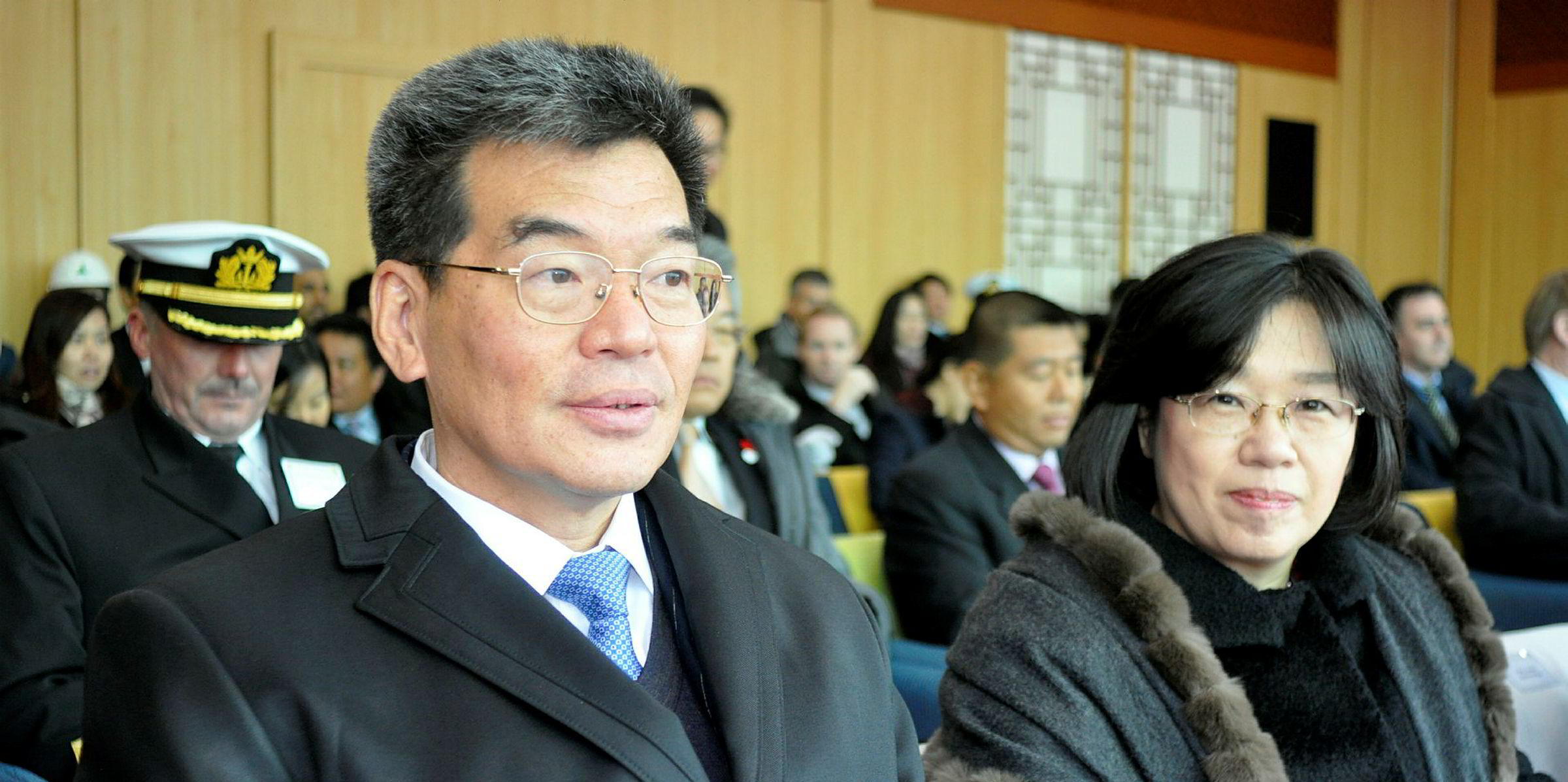Newbuilding prices are expected to continue rising in the coming years due to the imbalance between supply and demand, according to shipbroker BRS.
Extensive restructuring has seen the number of active yards fall from 651 in 2008 to 357 in 2018.
That comes at a time when yard orders could increase after 2020, as new vessels will be needed to replace the non-eco fleet and it will be difficult for closed facilities in Japan or South Korea to restart.
BRS said in its annual review of the markets that it is hard to believe many yards in China will reopen.
Tensions anticipated
If demand rises substantially above 1,200 ships per year, it will create tensions and inevitably push up prices, which were hiked around 10% last year in response to rising orders.
Last year’s increase, regardless of vessel size and type, came as newbuilding orders rose to 95.5 million dwt versus 83.1 million in 2017.
During the first half of last year, orders for new ships were placed at a rate of around 10 million dwt per month, although the pace dropped in the second half as owners grappled with rising yard prices and growing uncertainty surrounding the IMO 2020 sulphur cap deadline.
The trio of Asian shipbuilding giants accounted for almost 95% of the global orderbook by dwt.
China in pole position
China consolidated its leading position with a 43.1% market share, followed by South Korea with 27.5% and Japan at 24%.
The rest of the world and Europe logged market shares of 3.8% and 1.6%, respectively.
Orderbooks have now stretched well beyond the two-year yardstick to three years for the busiest yards.
The 15% increase in orders placed to 95.5 million dwt in 2018 is very close to the yearly average of 97.5 million dwt registered since 2000, BRS said.
Orders for bulkers rose by 23% to 48.1 million dwt last year, exceeding the yearly average of 44.5 million dwt since 2000.
Chinese shipbuilders consolidated their share of the dry bulk market at 62%, while Japan’s share slipped from 31% to 30%. South Korea, previously edged out of the market by low prices, continued to hold around 5%.
Tanker orders declined steeply in 2018 to 25.4 million dwt compared with 31.9 million dwt a year earlier, well below the post-2000 average of 32.1 million dwt. MR2s, and to a lesser extent LR1s, were the exception.
South Korea continued to dominate the tanker sector, increasing its market share from 42% to 50%. Both China and Japan saw their share decline to 24% and 18%, respectively.
Contracts for containerships increased again, jumping to 13.3 million dwt versus 8.1 million dwt in 2017. But China’s market share tumbled from 49% to 34%.
Low newbuilding activity
“It is interesting to note that there is basically no newbuilding activity in the segments below 1,000 teu and between 4,000 teu and 10,000 teu,” BRS said.
Although Chinese yards secured 20% more new orders overall in 2018 than in the previous 12 months, 72% were won by just 10 yards out of a total 117 active facilities in 2018.
A sign of consolidation in South Korea was reflected in the fact that 92% of orders were secured by the “Big Three”. Hyundai Heavy Industries picked up 46%, DSME won 29% and Samsung Heavy Industries bagged 17% of contracts. Now, the “Big Three” are poised to become the “Big Two” as DSME and HHI have merged.
BRS said financial leasing companies have become a “force to be reckoned with in shipping”, with Chinese lessors allocating around $13bn to shipping last year against $11bn in 2017.
“Both the number of companies and the value of their shipping portfolios will continue to expand,” BRS added.





